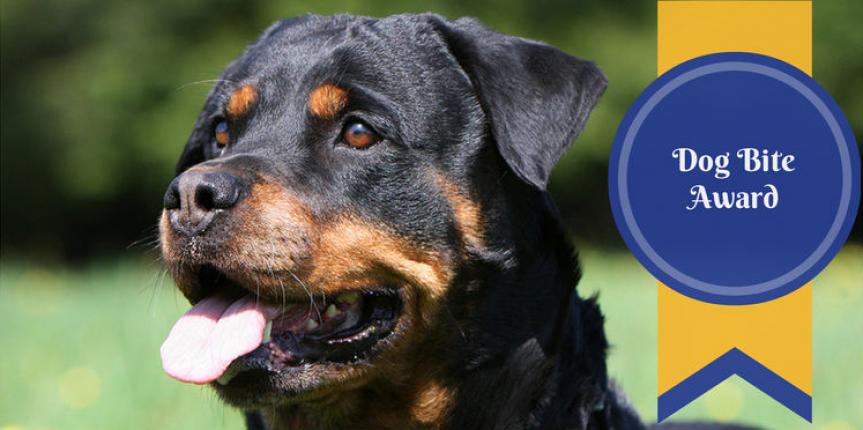The Pervasiveness of Dog Attacks by Breed
- 2015 resulted in 28,000 reconstructive surgeries as a result of dog bites
- Dog bites account to more than one-third of dollars paid out from homeowners insurance claims
- Homes with multiple dogs are 5 times more likely to have dog bite incidents
Dog Attacks by Breed--From Pit Bulls to Chihuahuas
The term "pit bull" is an umbrella term widely used to describe similar but different breeds of dogs. The Bull Terrier, Staffordshire Bull Terrier, American Staffordshire Terrier and the American Pit Bull Terrier are typically referred to as a "pit bull". Physical shared by these dog breeds include a muscular body, flattened skull, wide shoulders and slightly bowed legs. Personality traits attributed to these dogs vary from being intelligent and loyal to aggressive and unpredictable.
A review of dog attacks by breed occurring between 2005 and 20016 found that over 64% of dog bite fatalities were caused by Pit Bull's.
When breaking down Table 1 showing dog attacks by breed Rottweilers, German Shepherds, Huskies and Malamutes are close behind pit bulls but with substantially lower rates of attacks. All of these dog breeds are known for their abiding loyalty to their owners, instinctively strong sense of territoriality, physical largeness and overall strength. Consequently, when these dog breeds do attack, they can inflict great harm on a defenseless person, especially small children and the elderly.

Although not on the list above, examining information about small dog attacks by breeds finds that dachshunds represent the breed that bites the most. Although it is extremely rare for smaller dogs (when alone) to attack and kill someone, they do bite and can produce physical injuries involving excessive blood loss, deep puncture wounds prone to bacterial infections and enough damage tissue damage to require reconstructive surgery.
Avoiding a Dog Attack
The Humane Society of the United States suggests the following:
- Never attempt to approach or pet a strange dog even if his behavior seems friendly
- Notice the dog's body language--a stiffened tail, intense stare,tense body and pulled back ears indicates fearfulness and aggression.
- Fight the urge to turn around and run. Dogs naturally want to chase and catch running people and animals.
- Avoid looking into the dog's eyes and try to stay motionless
- If a dog attacks you, put your purse, jacket, or any other object in between the dog and your body.
Knowing what to do after a dog bite can also provide additional information about dealing with such an accident if ever encountered.
The Debate about Dog Attacks by Breed
Although the majority of pit bull owners firmly believe that it is how you raise the dog that dictates future behavioral disorders and unpredictable aggression, research into reported incidences of dog attacks clearly show that certain breeds of dogs are prone to biting.
The Top 9 Most Dangerous Dogs - Generated from fatality statistics
- 1) Pit Bull
- 2) Rottweiler
- 3) German Shepherd
- 4) American Bulldog
- 5) Mixed-Breed
- 6) Mastiff/Bullmastiff
- 7) Husky
- 8) Unknown
- 9) Combination






